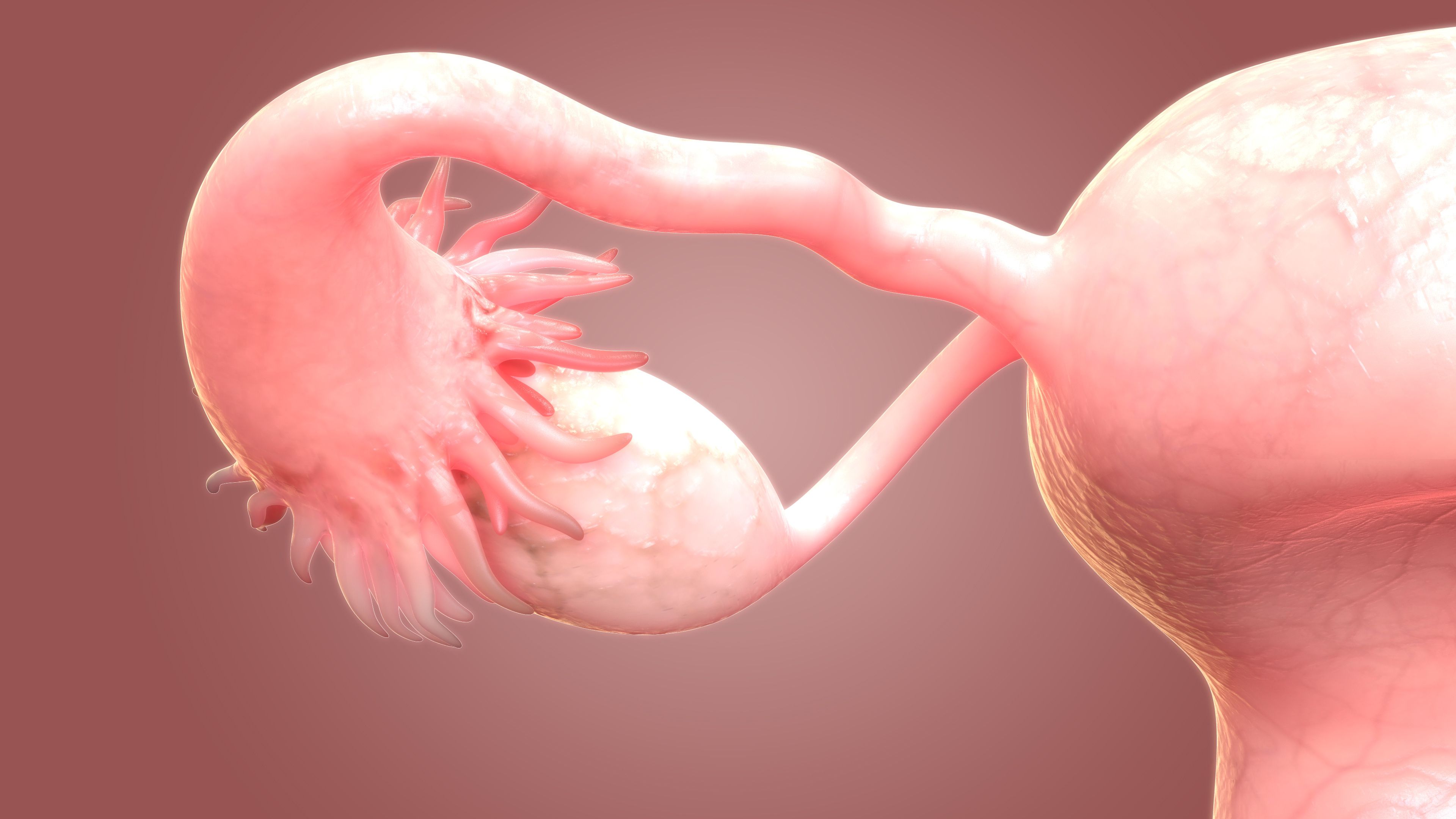Early Palliative Care May Increase QOL in Ovarian Cancer Decedents Near EOL
Ovarian cancer decedents who received early palliative care had improved quality and less aggressive end-of-life care.
Ovarian cancer decedents who received early palliative care had improved quality and less aggressive end-of-life care.

Implementation of early palliative care leads to less aggressive and higher quality end-of-life (EOL) care when compared with late palliative care in patients with ovarian cancer, findings from a recent cohort study published in JAMA Oncology show.
In this trial that examined 8297 decedents, 29.7% of decedents who started palliative care late experienced aggressive EOL care vs 15.8% to 18.2% of decedents who started palliative care early. These EOL care indicators included new hospitalization in the final 30 days of life (68.3% for late palliative care vs. 42.0% to 50.2% for early palliative care), new intensive care unit (ICU) admission in the final 30 days of life (8.9% vs. 2.8% to 3.7%), late chemotherapy (7.8% vs. 4.2% to 4.6%), death in hospital (56.3% vs. 36.7% to 38.3%), and emergency department (ED) visits in the final 14 days of life (43.1% vs. 25.2% to 30.7%).
“Our findings suggest that the timing of [palliative care] initiation matters,” the authors of the study wrote. “As late [palliative care] initiation may be less effective in improving the quality of EOL care, and may not be associated with key EOL outcomes compared with no [palliative care], it may represent a suboptimal use of finite [palliative care] resources.”
Aggressive EOL care was defined as having at least 1 of the following: 2 or more ED visits in the final 30 days of life, 2 or more new hospital admissions within the final 30 days, or 1 or more new ICU admissions in the final 30 days. Supportive EOL care was classified as having at least 1 of the following: at least 1 physician house call in the final 14 days or at least 1 palliative care home care service in the final 30 days. Patients could receive either or both aggressive and supportive care at EOL.
Late palliative care was described as palliative care initiated at fewer than 3 months before death, and early palliative care was anything greater than 3 months.
Cancer stage data were available for 3958 (47.7%) of the 8297 decedents. A total of 2366 (59.8%) had stage III disease, and 1129 (28.5%) had stage IV disease. No association between stage of disease and EOL outcome was found. Mean age at death was 69.6 (SD, 13.1) years, and mean length of oncologic survival was 2.8 (SD, 3.9) years.
Of the decedents, 7970 (96.1%) initiated palliative care at a median of 238 (IQR, 55-633) days before death. Palliative care was initiated late for 2667 (32.1%) patients, 1304 (15.7%) initiated in the final 30 days, and 1363 (16.4%) initiated from 1 to 3 months before death. For 947 (11.4%) patients, palliative care was initiated from 3 to 6 months before death; for 1175 (14.2%) patients, from 6 to 12 months; and for 3181 (38.3%) patients, 12 or more months.
Decedents who initiated palliative care between 3 and 6 months before death were notably less likely to receive aggressive EOL care (odds ratio [OR], 0.47; 95% CI, 0.37-0.60), be admitted to ICU in their final 30 days (OR, 0.46; 95% CI, 0.27-0.76), or die in the hospital (OR, 0.54; 95% CI, 0.45-0.65) than those who initiated palliative care within 3 months of their death.
Patients who did not receive any palliative care were notably more likely to receive late chemotherapy compared with those who initiated late palliative care (OR, 2.59; 95% CI, 1.46-4.61) and to be admitted into the ICU in their last 30 days (OR, 4.88; 95% CI, 2.90-8.19).
Patients who lived in rural communities or were in the lowest urban income quintile were significantly more likely to receive aggressive EOL care (OR, 1.79; 95% CI, 1.43-2.25; OR, 1.42; 95% CI, 1.14-1.77) and die in the hospital (OR, 1.66; 95% CI, 1.39-1.98; OR, 1.19; 95% CI, 1.01-1.41).
Consultation with specialists between 3 and 6 months before death resulted in a decreased likelihood to receive late chemotherapy compared with patients who received late palliative care consultation (OR, 0.46; 95% CI, 0.24-0.88), and patients who did not receive any specialist palliative care consultation were at the greatest risk of receiving late chemotherapy (OR, 1.78; 95% CI, 1.30-2.42).
Regarding limitations, the usage of retrospective administrative data that didn’t capture private-payer services and potentially didn’t capture all relevant EOL quality indicators, the inability to quantify hospice enrollment, the lack of data regarding timing of palliative care relative to cancer recurrence, and the missing cancer stage data for over half of the decedents were listed by the authors as potential issues.
Reference
Mah SJ, Carter Ramirez DM, Schnarr K, Eiriksson LR, Gayowsky A, Seow H. Timing of palliative care, end-of-life quality indicators, and health resource utilization. JAMA Netw Open. 2024;7(10):e2440977. doi:10.1001/jamanetworkopen.2024.40977
Late Hepatic Recurrence From Granulosa Cell Tumor: A Case Report
Granulosa cell tumors exhibit late recurrence and rare hepatic metastasis, emphasizing the need for lifelong surveillance in affected patients.